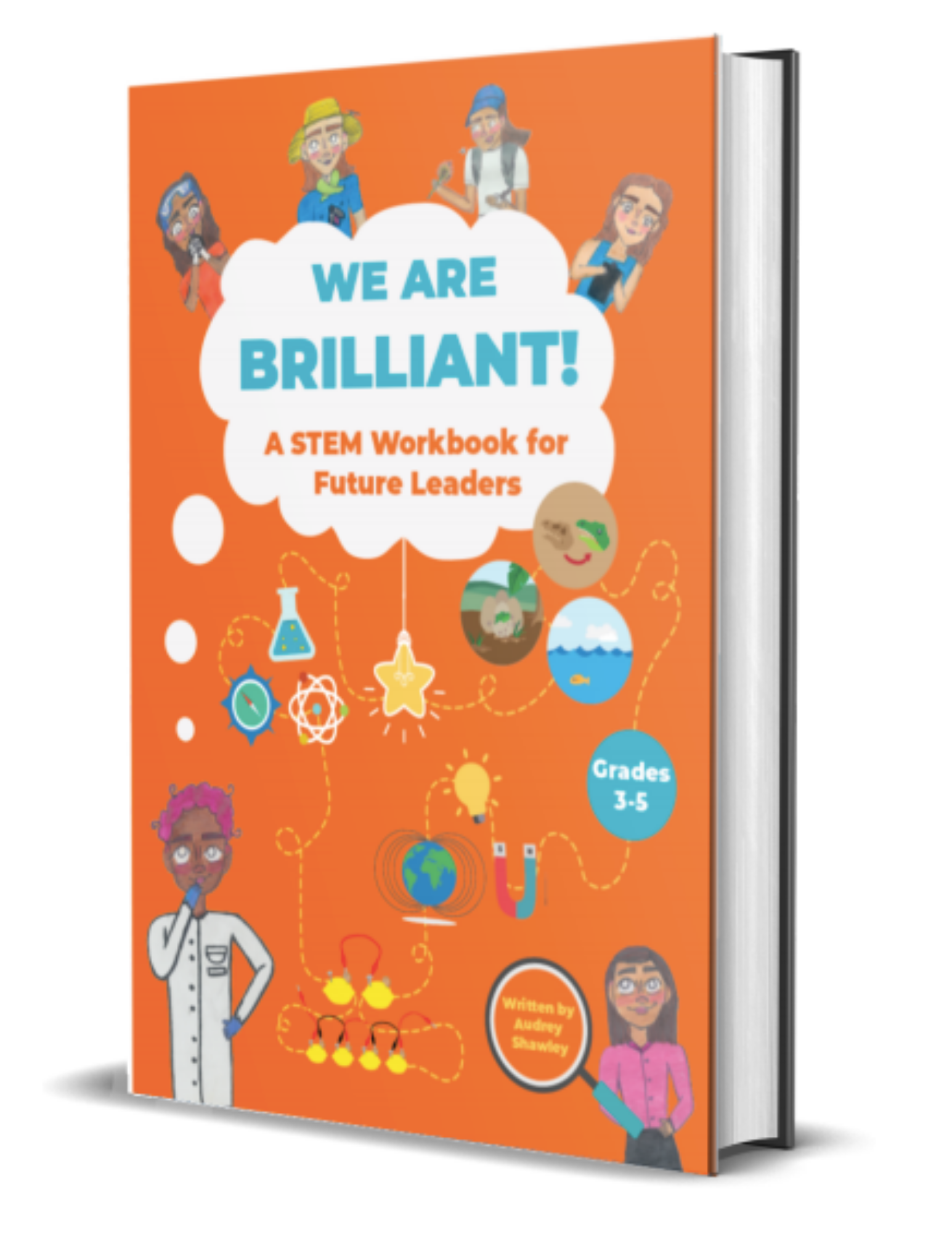Today we’ll harness the sun’s energy and make S’mores in a handmade solar oven! We’ll also learn about the greenhouse effect, including the ways it can both help and harm us.
MATERIALS:
Cardboard box, deep enough to fit a pie pan
Aluminum foil
Plastic wrap
Glue stick
Tape
Box cutter or Xacto knife (with adult’s help)
Pencil or stick
Graham crackers
Marshmallows
Chocolate bars
Pie pan
Oven mitts
TIME ESTIMATED:
60 minutes (15 minutes prep)
DIRECTIONS:
First, have an adult cut a three-sided flap out of the top of the cardboard box, leaving an inch-wide border along the three cut sides.
Use the glue stick to cover the inside of the box with aluminum foil (including the bottom of the flap). Try to make it as smooth as possible!
While this is drying, place your marshmallows on top of the graham crackers. Don’t add the chocolate or second graham cracker yet!
Place them in the pie pan and set them inside the box when ready.
Now, tape two layers of plastic wrap over the cutout made for the flap.
Use the pencil or stick to prop up the lid, using tape to hold it in place if needed.
Place the box outside so the sun hits the bottom of the flap and reflects light inside the box.
After 30 minutes, remove the plastic cover and check to see if your marshmallows are squishy. When they are, add the chocolate and final graham cracker on top.
Again, cover the opening with the plastic wrap and wait a few more minutes, or until the chocolate starts melting.
Use the oven mitts to remove the pie pan from the box and enjoy your S’mores!
Think LIke a Scientist!
Why did we use aluminum foil and plastic wrap?
What type of heating is this? Where else does this type of heating happen?
HOW DOES IT WORK?
When the sunlight enters the box, something interesting happens. The plastic wrap acts like a window, letting lots of sunlight in, but also letting very little heat escape! The aluminum foil also helps reflect more light inside the box. Sunlight contains both visible light and infrared radiation, or heat. The items inside the box, including the S’mores and the air, heat up as the light hits them. Normally, this heat would get radiated back (or lost) to the surroundings. However, the plastic wrap traps all of this heat inside the box while letting light flow freely. This is called the greenhouse effect, or the process of trapping the sun’s heat. In areas where electricity or fuel for cooking is scarce, solar ovens like this provide people with an alternative option for preparing meals!
Further exploration:
Windows and even the gas in our atmosphere can cause the greenhouse effect! Our atmosphere is made of several different gasses, including carbon dioxide, methane, nitrous oxide and water vapor. These are all greenhouse gasses, or ones that trap heat. The sunlight heats the atmosphere during the day, and the atmosphere loses this heat at night. However, when there are too many greenhouse gasses, not enough gets lost during the night and the amount of heat builds over time, similar to our solar oven. While we need greenhouse gasses to keep the earth at a habitable (or livable) temperature, too much leads to global warming. Human activity, such as burning fossil fuels, increases the amount of these gasses faster than the atmosphere can get rid of them, causing this to occur. Climatologists study the earth’s climate, including the effects of greenhouse gasses in our atmosphere and how we can better manage global warming.
anticipated concerns:
Be sure to have an adult help with cutting the lid flap! Also, be cautious of how hot the pie pan is at the end of the experiment!
Looking for more fun at-home STEM activities for your young scientist? Check out our workbook full of exciting science experiments and empowering activities!
Learn more and purchase today!


